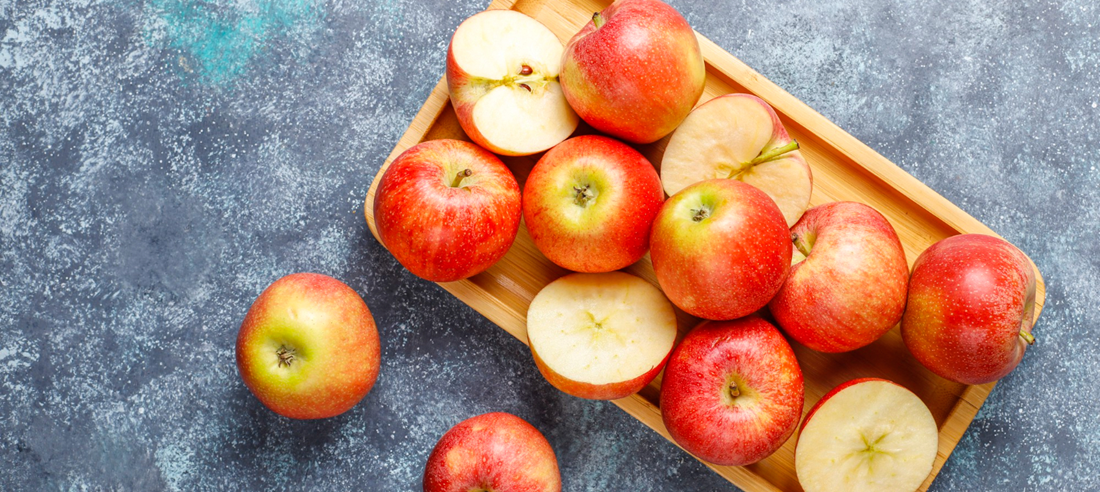Translated by Guilherme Miranda
Click here to access the original report: https://anba.com.br/en/brazil-among-the-worlds-10-biggest-apple-growers/

Week 202431
According to the Brazilian Apple Producers Association (ABPM), Brazil ranks among the world’s top 10 biggest producers of this fruit. Despite the prominent position, the two latest harvests saw smaller outlooks due to climate problems. This is expected to change next year.
“In 2022, there was a very severe drought and hail, so the 2023 harvest was around 950,000 tonnes. Last year’s winter was hotter, thus we harvested less than 850,000 tonnes this year,” says Celso Zancan, foreign market commercial and logistics director at ABPM.
“In 2021, when production was normal, for example, we grew 1.3 million tonnes. As 2024’s winter has been colder than the previous years, the 2025 harvest is expected to be more like 2021’s.”
The chart below uses DataLiner data to delve into containerized exports of apples, pears, and quinces from Brazil between January 2021 and May 2024.
Exports of apples, pears, and quinces | Jan 2021 – May 2024 | TEU
Source: DataLiner (click here to request a demo)
Celso Zancan, of ABPM, among apple trees: Climate problems affected the last two harvests
As fruits are being harvested from January to March, most of the Brazilian production is focused on catering to the country’s domestic market. When harvests are good, around 10% of it are exported, which adds up to 100,000-150,000 tonnes.
“In 2021, we exported 100,000 tonnes, in 2022 35,000 tonnes, and this year’s [exports] were low as 20,000 tonnes. Besides not being that large, our harvest didn’t have enough quality either. Fruits were small and not that red. As the foreign market is more demanding than Brazil’s, we exported very little in 2024,” says Zancan.
Russia used to rank among our top apple buyers before the war changed this landscape. Our leading apple importer is now Bangladesh, followed by India, and lower in the rank come European countries like Ireland, United Kingdom, and Portugal.
“Exports depend much on the stringency of the country. Sales have grown to India, for instance, because they accept smaller fruits,” the ABPM’s executive adds.
According to Zancan, the United Arab Emirates and Saudi Arabia come after European countries as leading buyers of Brazilian apples. More demanding on the fruit’s color, Arab buyers always require redder apples.
“Because of the latest harvests, Brazil ended up not exporting much to these destinations. But there’s growth potential to be tapped. With a good harvest of large, red apples, we would have no problem exporting 5,000-10,000 tonnes to Arab countries, said Zancan.
When we talk domestic consumption, the state of São Paulo is the country’s largest buyer. “This happens because it’s the state that has the largest population and the largest purchasing power in the country. Rio de Janeiro, Minas Gerais, Rio Grande do Sul, and Paraná rank after it as leading apple buyer states, and purchases from Center-West states have grown. Northeast states have seen a large consumption in coastal regions,” explained Zancan.
The top two apple varietals grown in Brazil are Fuji and Gala. These farms are exclusively located in the South region.
“That’s because apples need colder, higher environmental conditions to grow well. Most farms in Rio Grande do Sul, and the rest are in Santa Catarina and Paraná”, says the foreign market commercial and logistics director at ABPM.
As leaves fall, new ones become dormant to fend off the cold. This defense changes the plant’s hormonal process, and in the spring, when it begins to heat up, it blooms, and the apple is born.
Zancan explains that to have good apples, a large financial and physical investment is necessary. As the fruit is highly sensitive, it has to be harvested manually. Increasingly scarce labor makes it more expensive.
After the apples are separated for exports, they are conserved in cold rooms at a near-freezing temperature, and oxygen is at nearly 1%, quite different from how they’re found in nature, at 22-23% oxygen. Fruits packaged inside the cold rooms are then taken into containers where they remain for months. All this is done so that the fruits can reach their destination nice and crunchy.
Report by Rebecca Vettore, in collaboration with ANBA
Translated by Guilherme Miranda
Click here to access the original report: https://anba.com.br/en/brazil-among-the-worlds-10-biggest-apple-growers/